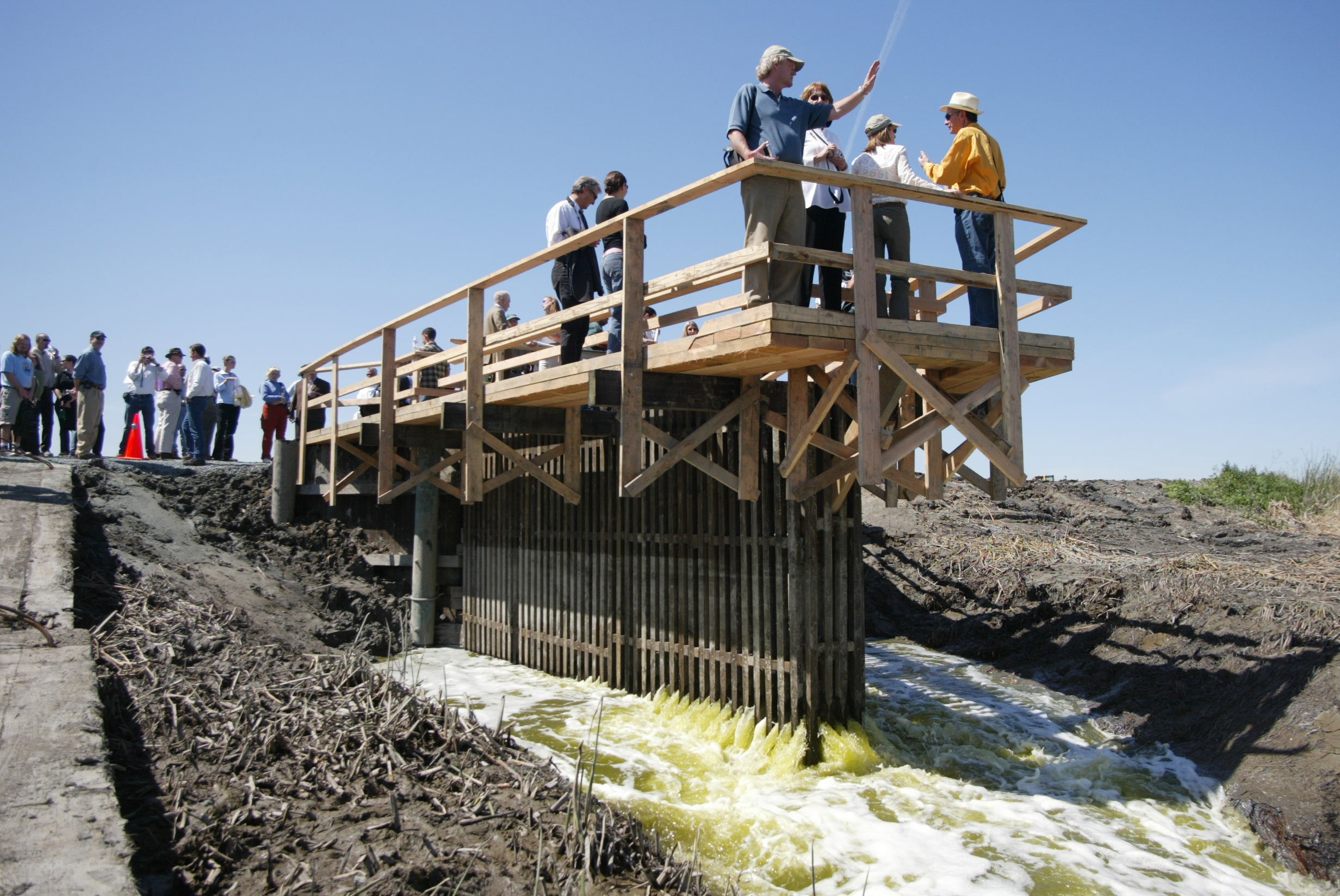Almost Old Enough to Buy Beer
I remember when I turned 20...Barely.
That’s partly because it was a long time ago, but mostly it’s because I had a fake ID and the world was just…different then, okay? Don’t judge. Corona had just arrived in the U.S., Jimmy Buffett still had a moustache and wasn’t yet a cliche, and the Shoreline Amphitheater was right there! What was I supposed to do?
Anyway, 20 years…it’s a long time. Long enough ago that if the South Bay Salt Pond Restoration Project were a person, it would:
- Already be sick of getting calls and texts asking it to vote or to chip in $5 in time for the quarterly fundraising reporting period.
- Be old enough to remember all three of the SF Giants World Series victories.
- Declare its major (Environmental Science…duh…) next month.
- Not use email or know what a “landline” was.
- Have a fake ID but be smart enough to not use it in the town where people knew its parents.
So: long time. But why am I dwelling on turning 20?
Because the South Bay Salt Pond Restoration Project is turning 20!!!
That’s right: it was 20 years ago that 15,100 acres of former salt-production ponds were acquired from Cargill and returned to public lands for the purposes of habitat restoration, flood protection, and public access and recreation!
About one-third of that area was added to the State of California’s Eden Landing Ecological Reserve, and the other two-thirds became part of the U.S. Fish and Wildlife Service’s Don Edwards San Francisco Bay National Wildlife Refuge.
It took $100 million, some favorable tax deductions, a willing seller/donor (thanks, Cargill!), and some political leverage by Senator Dianne Feinstein, but it happened.
And it was only the beginning.
After that, there was a huge effort to lay out a set of goals and objectives for the project and develop a long-term restoration plan. Restoration Project consultants produced a 3-volume Environmental Impact Statement/Report that analyzed the possible outcomes of different implementation pathways. The document established processes for choosing which groups of ponds would be restored in what order, as well as how to decide what types of habitats to restore them to.
While that was happening, landowners and managers developed the Initial Stewardship Plan (what I jokingly call “Phase 0”) and implemented it to stop the salt production, stabilize levees, improve culverts enough to circulate water through the ponds to gradually reduce salinity, and even pilot a levee breach and tidal marsh restoration in a few ponds. It made such a difference that crowds of migratory shorebirds began flocking to the upgraded pond habitat, and those early breaches triggered marsh restoration much sooner than expected, giving us confidence to keep going.
With the aid of a science team, a National Science Panel, scads* of consultants, and a large and diverse group of stakeholders, partners and interested and affected members of the public, the Project developed a rigorous science program and a detailed plan to adaptively manage our work to allow restoration to proceed in baby steps while checking to see how things went and adjusting before moving on. Of course, most of that wouldn’t have happened if we didn’t also have active and ongoing support and participation from funders, regulators, neighbors, city and county agencies, and other partners too numerous to list here. I think someone once said, “it takes a village to raise a tidal marsh.”
Now, 20 years later, we can point to plenty of accomplishments: we’ve opened 7 miles of new public trails. We’ve set nature to work restoring wetlands on more than 3,000 acres of former industrial salt ponds, and we’ve seen endangered species, salt marsh harvest mice and Ridgway’s rails, return already to some of those acres. And we’ve kept and enhanced more than 700 acres of ponds for shorebirds, ducks, and other waterbirds, by adding nesting islands, improving water quality, better managing water levels, and improving foraging habitat. This is all part of the work toward accomplishing a 50-year restoration effort.
For those of us working on the Restoration Project, it now may all seem obvious and maybe even inevitable. However, 20 years ago, it was so far from that. A great many things had to happen in order to acquire those lands and then set out on what is now a multi-decadal effort. People and money and political will had to fall into place at the right time.
To honor those efforts and mark this important milestone, we’ll be weaving in recognitions of the Project’s 20th birthday at our meetings, tours, and events all through the year. By the end of the year, we expect to have more accomplishments to celebrate, so there will be at least one party to honor that occasion along with the 20-year anniversary.
We’ve even developed a modified logo to use on our letterhead, banners, emails, posters, and such:

It is truly a privilege to be a part of the work on the South Bay Salt Pond Restoration Project. And in a year or so, I’ll buy it a (legal) beer.
*Not a lot of people know this, but the technical name for a group of consultants is a “scad”. A school of fish. A flock of geese. A murder of crows. A pod of whales. A parliament of owls. A scad of consultants.


